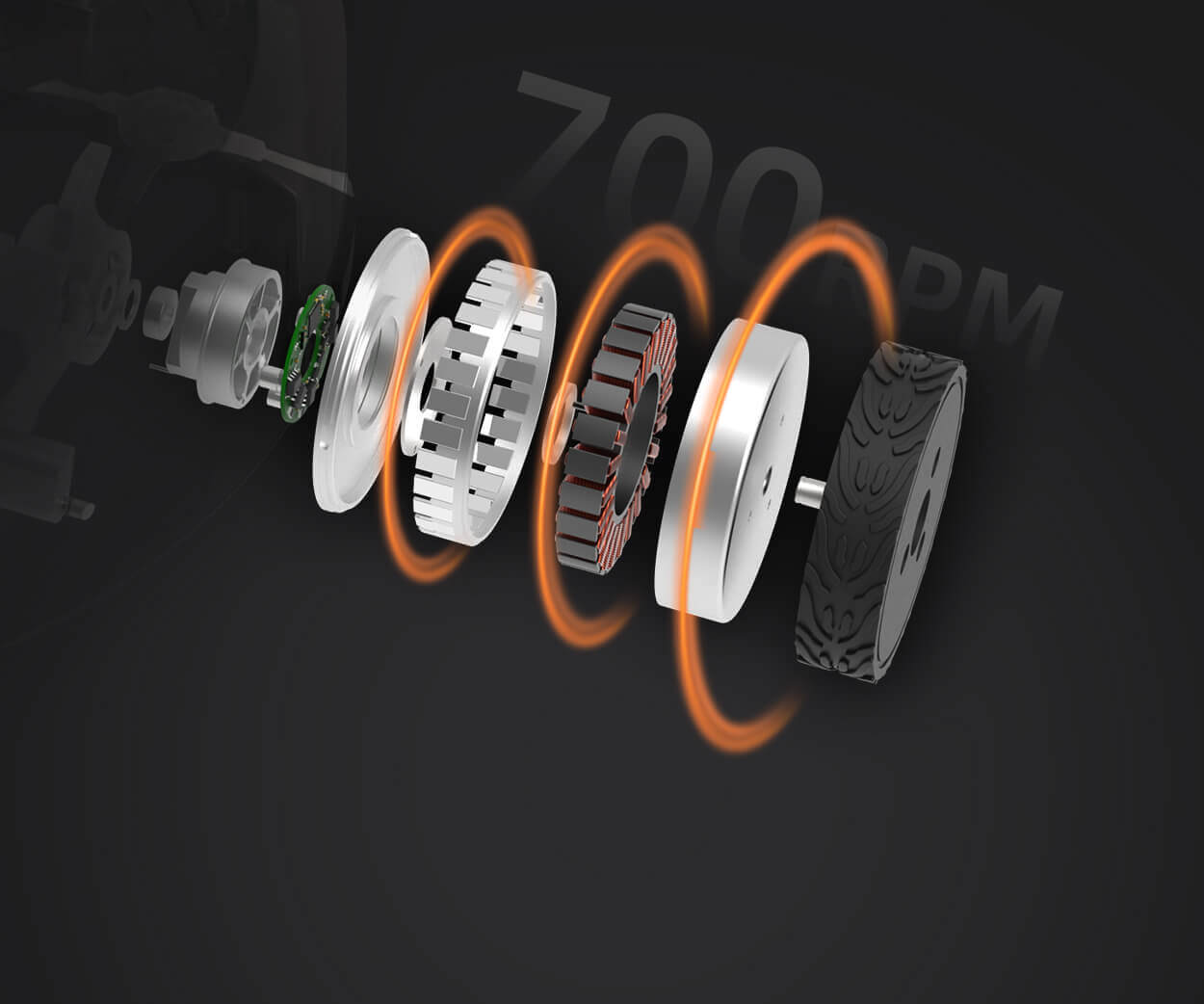In the vibrant pulse of modern technology, few innovations have sparked as much excitement and potential as servo motors and their intelligent controllers. Whether you're gazing at the intricate movements of a robotic arm in a manufacturing plant or marveling at the smooth operation of a drone’s flight system, chances are, servo technology is quietly making it all possible.

At the heart of sophisticated automation systems, servo motors are celebrated for their precision, reliability, and versatility. Unlike traditional motors, which simply run in one direction or at constant speed, servo motors are designed to respond accurately to commands, positioning themselves with pinpoint accuracy and maintaining that position under varying loads. Think about a high-performance camera gimbal stabilizing shots in real-time or an automated assembly line placing tiny components with unmatched exactness—these feats are made possible by the magic of servo systems.
But what makes servo motors stand out? It all comes down to the intricate dance of feedback, control, and power. A typical servo motor isn’t just a motor; it’s a finely tuned component working in sync with a trusty controller. This combo transforms energy into precise, controlled movements that can make or break high-precision tasks.
The magic begins with the servo motor itself—a compact yet powerful device usually equipped with a shaft, gears, and internal sensors that constantly monitor its position, speed, and torque. When paired with a servo controller—an advanced piece of electronics tasked with interpreting signals and translating them into movement—the resulting system becomes a marvel of engineering.
Imagine a factory where robotic arms are assembling smartphones. Each arm must move with exceptional accuracy, reach tiny components, and repeat the same motion countless times without deviation. Servo controllers analyze real-time data from the motor, compare it to the desired position, and send swift corrections as needed. This tight feedback loop is what enables the system to produce flawless, consistent results.
From CNC machines carving intricate designs to robotic surgery equipment executing delicate procedures, the influence of servo motors and controllers stretches across industries. Their adaptability is astounding—they can handle heavy loads, rapid accelerations, and delicate adjustments all in a fraction of a second.
Within the realm of robotics, servo systems are often the unsung heroes behind fluid, lifelike movements. Consider humanoid robots designed to mimic human gestures—every subtle tilt and adjustment depends on quick, precise commands from the controller to the servo motor. Similarly, automation in packaging, textile manufacturing, electronics assembly, and even aerospace relies heavily on this advanced technology.
One of the reasons servo motors and controllers have become so prevalent is their remarkable energy efficiency. Thanks to precise control, they consume only the power needed for a task, reducing waste and lowering operating costs. This efficiency, combined with their longevity and low maintenance needs, makes them a favorite among engineers and industry leaders alike.
As we venture further into the era of Industry 4.0, the integration of servo systems with smart sensors, IoT connectivity, and AI offers a tantalizing glimpse into the future. Imagine a manufacturing line where every component communicates, adapts, and learns to optimize performance dynamically. Servo motors, under the guidance of intelligent controllers, are poised to be at the core of these smart, autonomous systems.
But what about the challenges? No technology is without its hurdles. Selecting the right servo motor depends on understanding the requirements—torque, speed, resolution, and load—while tuning the controller to match. Overcoming issues like backlash, noise, or overheating requires skilled considerations and precise configuration. Yet, as technology advances, these challenges become opportunities for innovation.
In essence, the world of servo motors and controllers is a thrilling landscape teeming with potential. Whether powering tiny robotics or running sprawling manufacturing plants, these systems unlock new levels of precision, speed, and efficiency. They embody the relentless pursuit of perfection in motion control—an industry that continues to redefine what's possible.
Stay tuned as we explore the diverse types of servo motors, delve into their applications across different sectors, and envision the exciting future shaping the next generation of automation.
Leveraging innovations in modular drive technology, Kpower integrates high-performance motors, precision reducers, and multi-protocol control systems to provide efficient and customized smart drive system solutions.




































